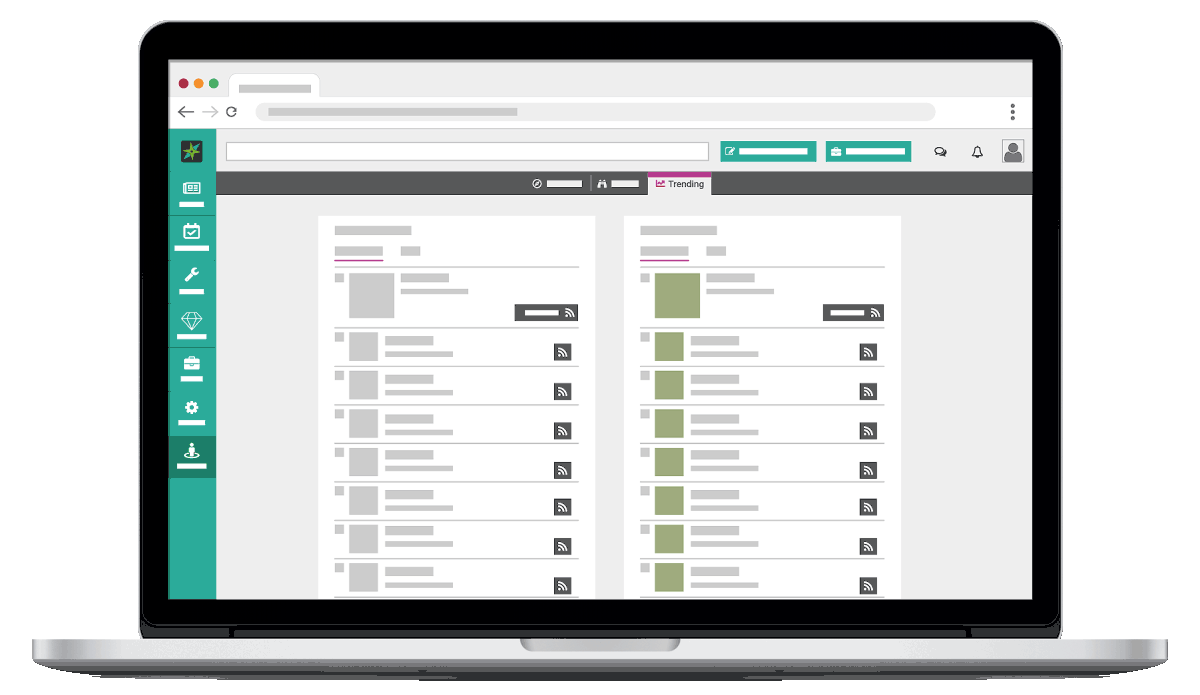Investment banks have had a hard time of late. From Deutsche Bank’s woes to UBS downsizing and Citigroup cutting hundreds of trading jobs, the news has been dire across the board.
Despite that, these established incumbents will most likely keep holding a large share of the market. For smaller players in the research space to survive and grow, they must innovate by running circles around the behemoths rather than try to take them head-on.
Investment Research Shakeup
The onset of MiFID II has been a watershed moment – the regulation that unbundled research and analyst costs from trading fees exacerbated an already worsening situation. As Bloomberg points out, the shedding of research analysts by investment banks accelerated after MiFID II came into force.
Many expected MiFID II to spur more transparent practices in the industry and encourage more independent research. Instead, it seems to have polarised the market, to the detriment of smaller brokerages and research providers.
Critics say that the bulk of investment research is still coming from the larger investment banking players, with little room for the smaller ones to come in. The market has complained about evaporating research budgets, a dearth of small- and mid-cap research, and a worrying drop in research quality.
Learn more on our blog: Self-reflection and Change from Within for the Investment Research Industry: the Real Impact of MiFID II
According to a survey that Institutional Investor conducted in 2019, large investment banks are still dominating the markets. When it comes to Asia, for example, Citi, Morgan Stanley, UBS, BofA Merrill Lynch, and Credit Suisse have the lion’s share of the research business.
Even though competitors are getting out of the game, like BNP Paribas announcing in 2019 it would outsource its research in Asia to analyst firm Morningstar, one thing seems to be clear at this point: investment banks are not going to stop taking up a disproportionate share of the research market anytime soon.
Smart Competition
The bet for smaller research providers and for independent research is the same that fintech startups had to make a few years ago – innovate around the large incumbents. Rather than trying to upend the status quo, create a new one.
In the past decade, startups that tried to launch, say, digital wallets and payment alternatives were quickly overtaken or absorbed by incumbent financial institutions. The ones that truly made a difference offered completely new solutions to old problems.
Anyone looking to provide services in the investment research market in this environment needs to do the same. Some key areas to note are:
Distribution
Independent research providers have a lot going for them: they are nimble, they are free from conflicts of interest, and they can select their coverage according to what they think is important, rather than what is popular or lucrative. However, many of them lack the resources to bring their work in front of as many people as possible. Finding the right distribution channels for their work is imperative.
Personalisation
In many cases, the buy-side still gets research from large, established providers in bulk and has to sift through it to find nuggets of wisdom. This is neither efficient nor kind to research budgets. Being able to ensure that investors can see the exact research they need when they need it, means improved efficiency, lower cost, and a better service overall.
Communication
In today’s tech-powered era, it’s all about being part of the right networks. One of the outcomes of MiFID II in Europe was the buy-side taking fewer meetings with analysts to avoid incurring extra costs. By offering transparent pricing and allowing the client to choose the types of connections they require, an online platform can be a more flexible and effective service provider.
Collaboration
Different stakeholders across the market have seen that combining efforts is the way forward. International exchanges and startups are forging mutually beneficial relationships. Independent research providers are combining their expertise to produce deeper and more well-rounded insights. And different data holders are collaborating to deliver a holistic view to users. All this is made possible by smaller players being nimble and enterprising enough to fill the gaps that giant incumbents cannot reach.
Learn more about the ways an online investment research network can make a difference in the market. Get started with Smartkarma.
Lead image by Kin Pastor on Pexels
This post was updated on 21 February 2020




